Tim Pilbeam takes on one of the toughest but most rewarding hunts there is... mouflon sheep in the bare, jagged terrain of the Dalmatian coastline in Croatia
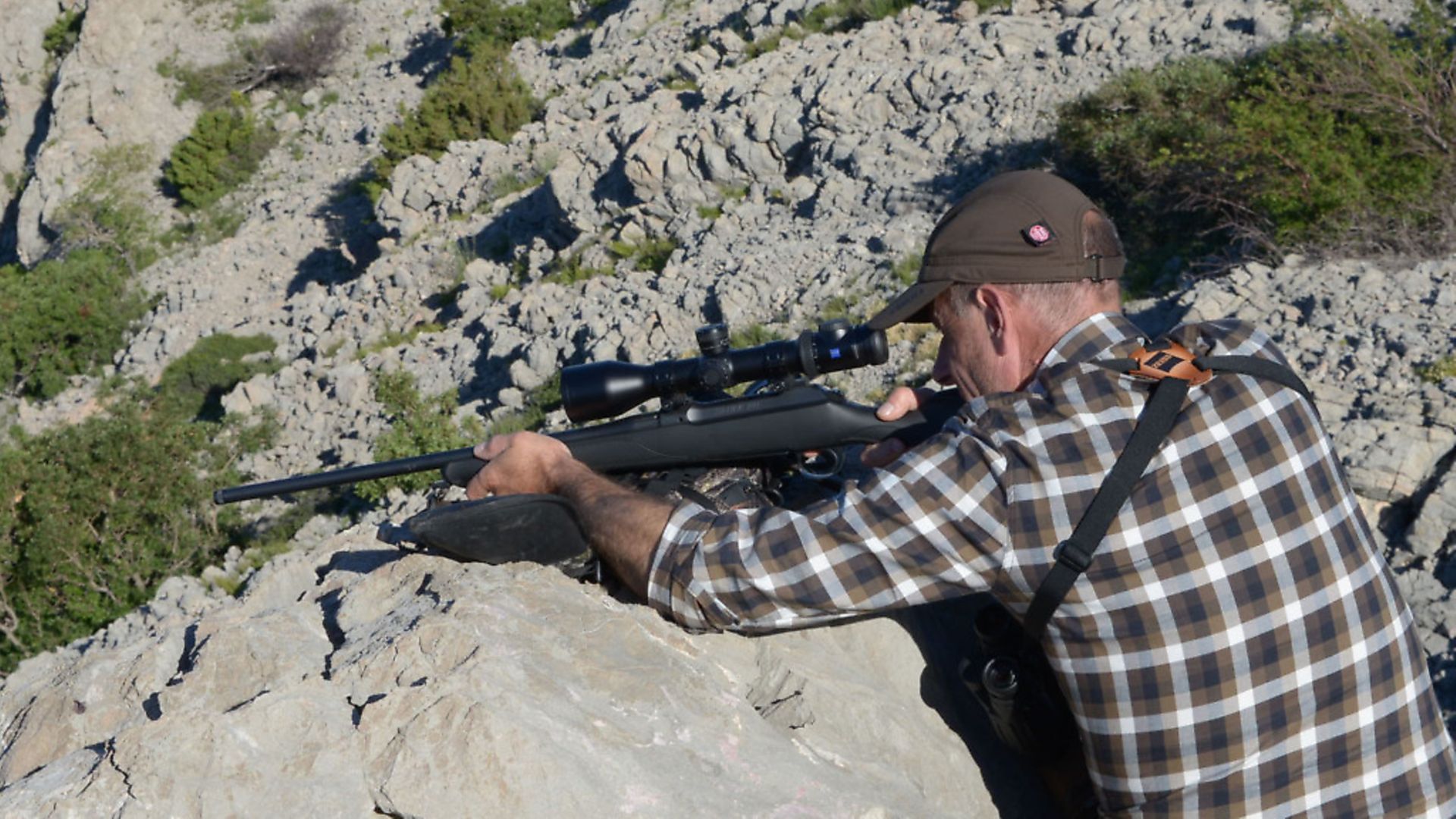 credit: FieldsportsChannel.tv
credit: FieldsportsChannel.tv
The Dalmatian coastline of Croatia is one of the most beautiful places you can visit in the middle of the summer. Adding the excuse of going hunting in areas that tourists will never go makes it even more special. The bright turquoise waters of the Adriatic Sea surround the many islands that extend as far as the eye can see – a scene that will never be forgotten.
These mountains hold many mouflon, but due to the midday heat they are only mobile for two or three hours at either end of the day. These mystical, ghostly animals are wild sheep originating from western Asia. They were introduced thousands of years ago for their meat and, to a lesser extent, their wool. They eat all types of green vegetation, enabling them to survive in this reasonably tough terrain and dry, arid climate. During the day they find shelter away from the sun, so it was a game of patience waiting for them to start moving across the dry rocks.
My group for this trip was made up of three guides, an interpreter, cameraman David and myself. Our two-mile walk from a small fishing village took us up through ancient footpaths, enclosed by high dry-stone walls. A small holy shrine greeted us at the highest peak, which conveniently doubled up as our spotting platform for the next 30 minutes. We had two hours of light left, so we needed to start hunting soon. We could see these fascinating beasts slowly moving between two rocky outcrops, but as we were 1,500m away, we had a long walk ahead of us over this unforgiving volcanic rock that rips most boots apart within the first two days. We moved closer, but one of the guides, using his spotting scope, informed me that these particular mouflon were too good for culling. The evening was closing in quickly, so we headed back to base for a meal and a rest.
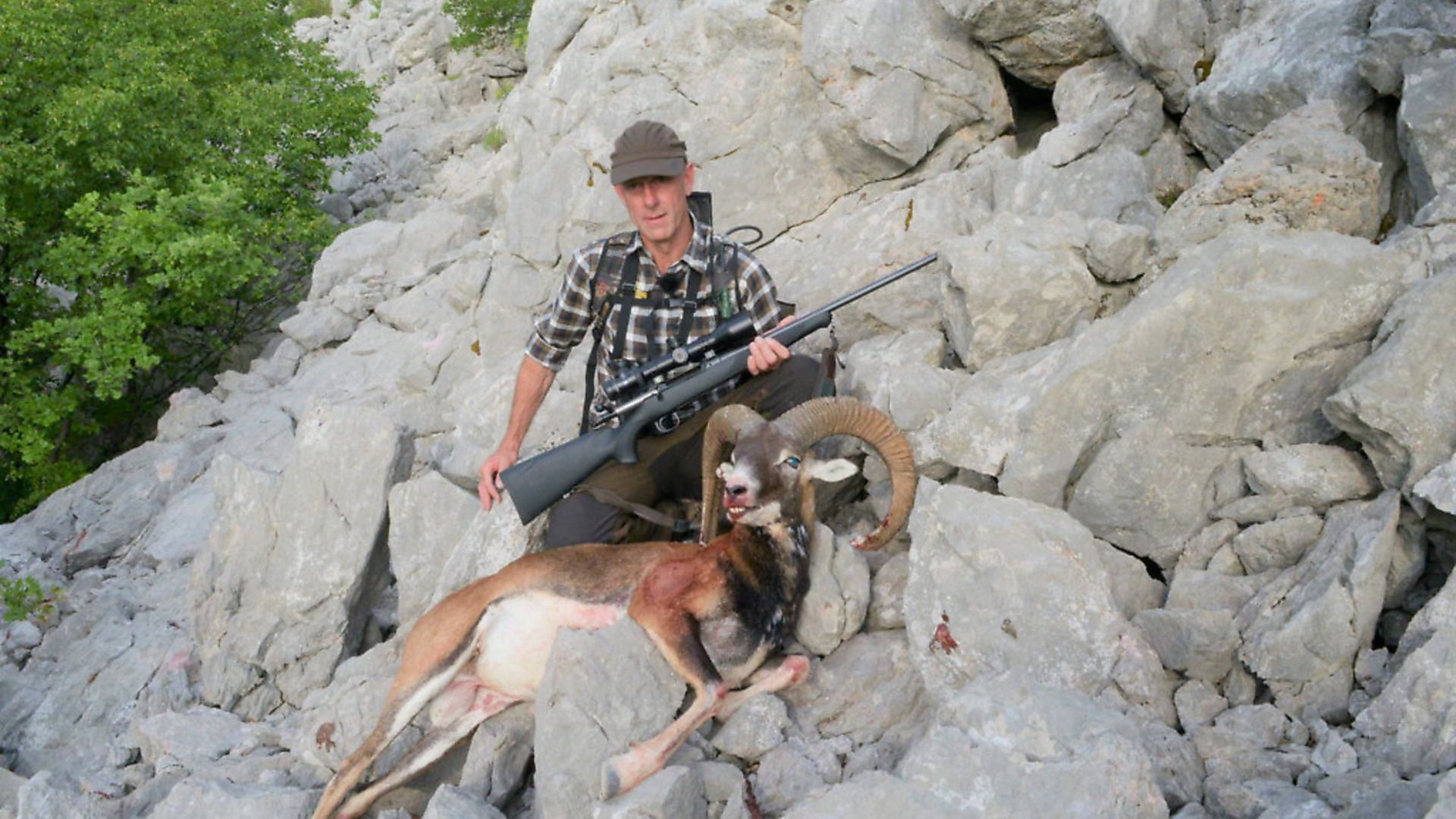 credit: FieldsportsChannel.tv
credit: FieldsportsChannel.tv
All pain, no gain
The early morning hunt started at 5am, and was a tough three-hour walk. The terrain is bare, jagged rock, so you have to watch your every step in fear of turning an ankle. We saw several large males, but no matter what we did they somehow disappeared into the large rocks and vegetation that surrounded us. By 11am, with temperatures in the high 20s, we decided to call it off. I was becoming a little concerned that we may well struggle to find a suitable animal within the next two days. Later that day we started the evening shift, which was looking much more promising as we saw many in the far distance, but these Croatian mouflon are tricky enough to spot, let alone stalk, as they seem to always be one step ahead of us. In our vehicles we drove up and down the narrow mountain passes to see what was about, stopping on the sides of the road. On one occasion, I laid prone on the road near a passing place, as I had seen what I thought was a good looking animal on a very thin ledge of outcrop. The public just drove past with no concern, as if it was a usual occurrence, but once again the mouflon was deemed not good enough to take, so we drove on. More frustration!
 credit: FieldsportsChannel.tv
credit: FieldsportsChannel.tv
We stopped and the guides had a meeting to discuss the next adventure. A plan was hatched – two of them would drive for two kilometres and then walk back along the barren rocky outcrop towards us, in an attempt to push a few animals over the side of the mountain that towered up and away from our new shooting point in the bottom of the valley. After what seemed a long time, 25 beasts appeared over the crest of the mountain. Yes, eventually we had found some shootable beasts! I was in probably the most uncomfortable shooting position possible. My rifle was laying on my rucksack on the top of a tall boulder, and my head craned backwards looking a good 70 degrees up a very steep mountain side. Perfect for scoping my eye! As the beasts moved, my guide gave the interpreter a running commentary in an attempt to make sure I picked the right one. They were 250m away, and I could hear the rocks falling down beneath their feet as they walked along the narrow goat tracks. Suddenly they all stopped, sensing danger, and headed off straight over the top from whence they came. For goodness sake, what happened?! Who moved? What did they see? I had the opportunity on several occasions to take a young male, but our guide was being very selective. Bearing in mind my Zeiss V8 was bouncing nervously from one beast to another as the guide and interpreter kept changing their minds, I think it was a good decision, but still a frustrating one. Time to head home for food and to catch up on some sleep, and maybe take a swim in the sea… but with only one day left we had nothing to show for our hours of hard work!
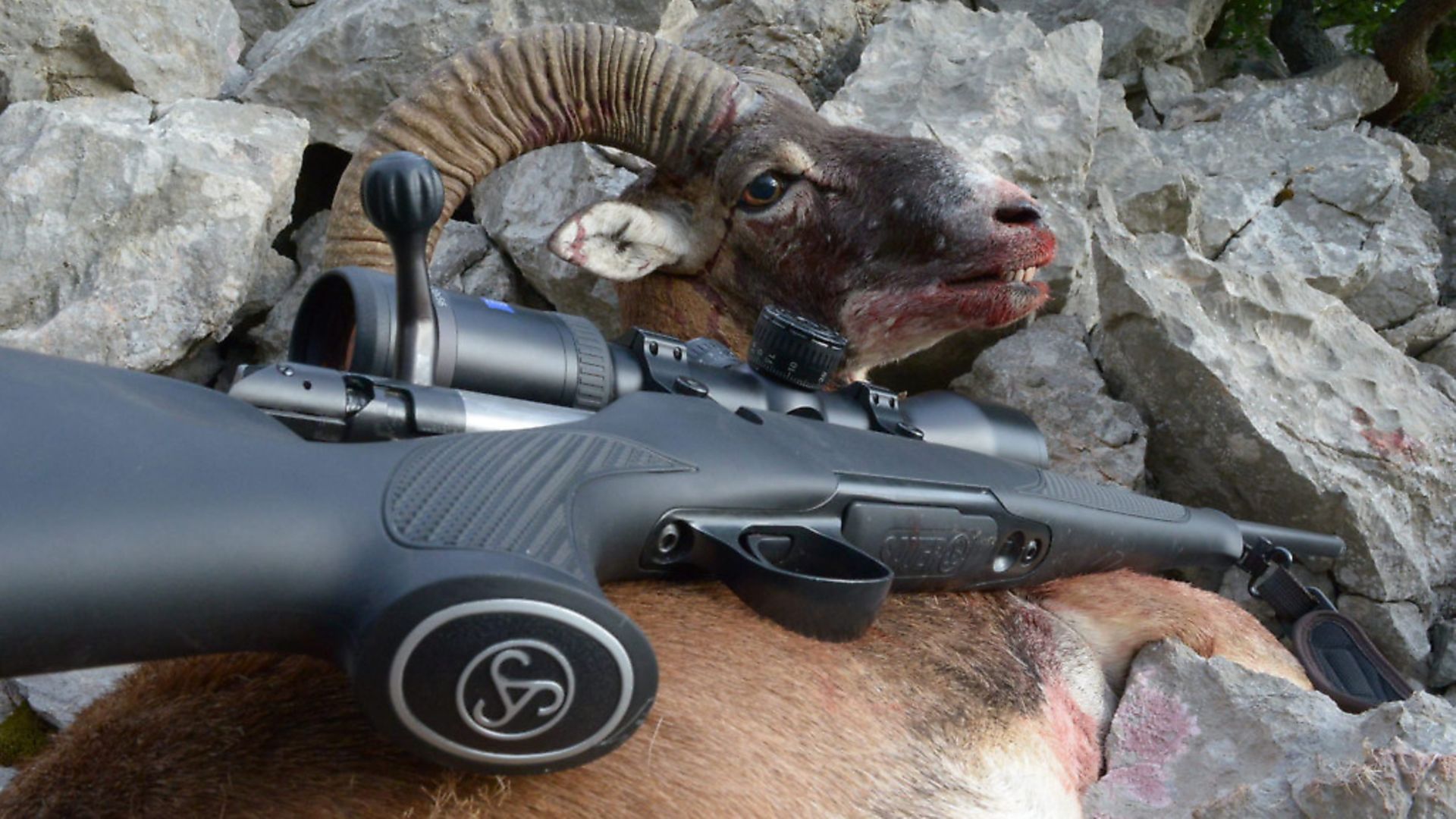 credit: FieldsportsChannel.tv
credit: FieldsportsChannel.tv
A change of luck
That evening we set off at 4pm and drove north for an hour. What makes hunting so special is that you never know what is going to happen; there is no certainty. You can spend days trying to find a suitable animal, and then it can be all over within 60 seconds. As we were walking through the scrubby bush our younger guide Parvle whistled me from 150m to hurry to the top of the sharp escarpment. Often there is no time to think, and you must rely instead on years of practice, experience and muscle memory to make that perfect shot. As I hopped from one bolder to another towards a suitable firing point, my hands reached behind my head to lift the Sauer 101 out of my Härkila Alta Rucksack. The new safety catch is easily located, allowing me to load the rifle on the run. I lowered it in front of me. As I lay down on the sharp rocky outcrop, the rucksack was swiftly removed to provide a suitable rest for the rifle; at the same time, I was desperately trying to locate this wild mountain sheep. I spotted it just as the guides told me to take the shot, but the cameraman behind me had yet to find the beast. I saw the ram running away from us on the other side of the ravine. I followed the beast through the bright Zeiss V8 optics, the reticule now closing to the suitable spot on the shoulder. I heard an ‘OK’ from cameraman David, and it was time to pull the trigger. The Hornady 150g American Whitetail Interlock bullet struck the perfect place, some 150 yards away, but the three-year-old ram ran on for another 50m before falling from grace, down the sharp stones of the steep slope. I felt a mixture of excitement and relief, as my guide slapped me on the back in congratulation. It is a privilege to experience hunting in such a beautiful country, and finally we had a beast!
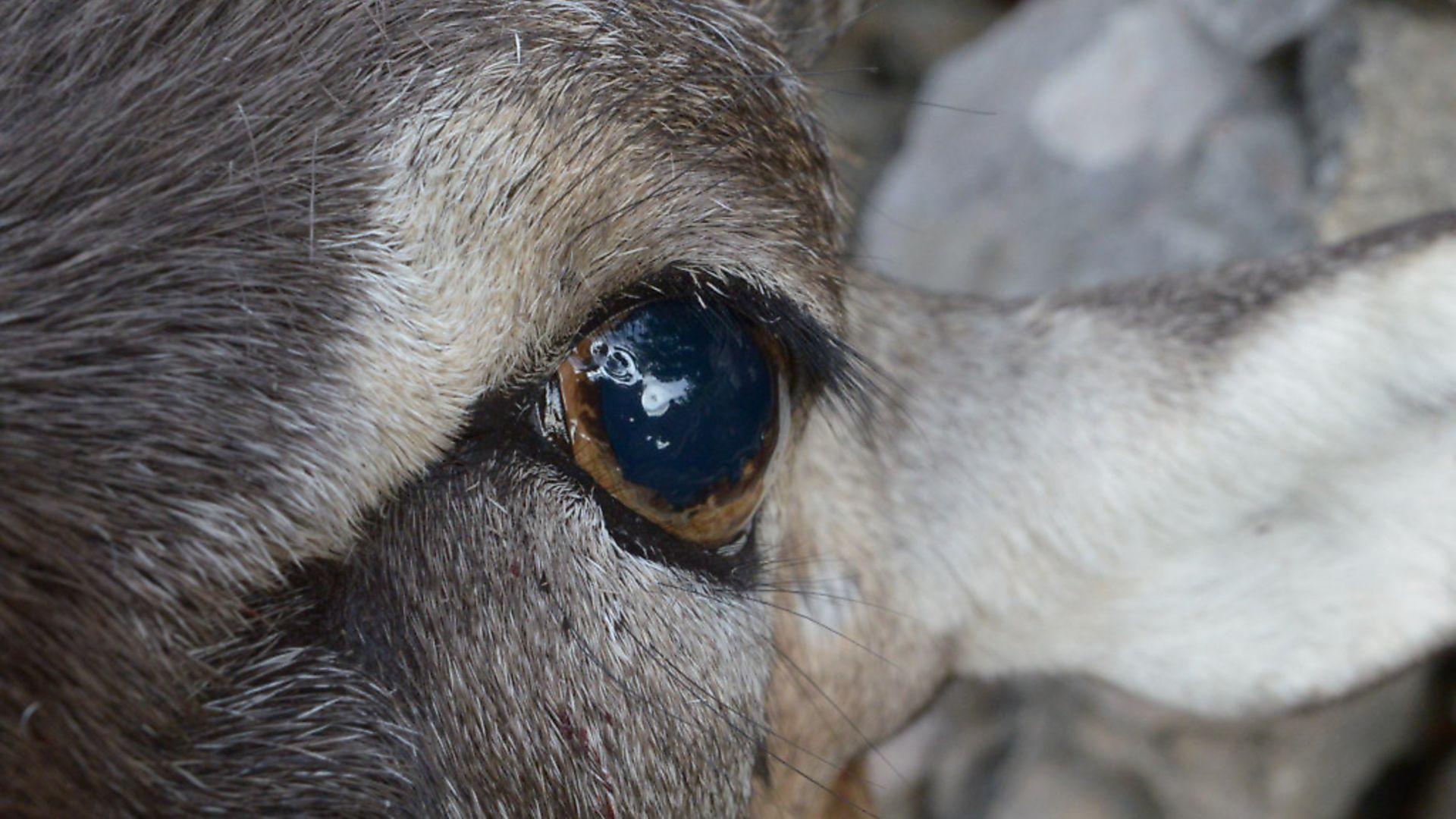 credit: FieldsportsChannel.tv
credit: FieldsportsChannel.tv
Now we had a Mouflon, the next morning we decided to head an hour inland for a roe buck, and once again were blessed by the variety of the Croatian scenery. It was reasonably undulating with large areas of forest, separated by wildflower meadows that have never seen modern fertilisers or herbicides. I expect they were hundreds of years old and completely unspoilt, a mixture between long flowing Alpine pastures and the best of the open British countryside.
Parvle was my guide on this occasion, and we stalked slowly along the sides of the mature woodland, glassing for anything that was grazing in the shadows of the trees. We spotted three that were over 300m away, but they were off before we could think about approaching. Then we noticed a younger buck some 100m away, grazing peacefully on its own. We immediately moved very slowly towards the woodland for a better back drop, and still he had not seen us. Pavle instinctively put up the sticks and within a second my rifle was ready for action. We made a great team! A few seconds were spent ensuring it was the right animal to take, before the trigger of the 101 was gently pulled. A quick gralloch was performed, and the roe was dropped into my Harkila Blaiken rucksack before heading back to our temporary base camp. We parked up in a clearing for lunch and cooked pork belly over an open fire.
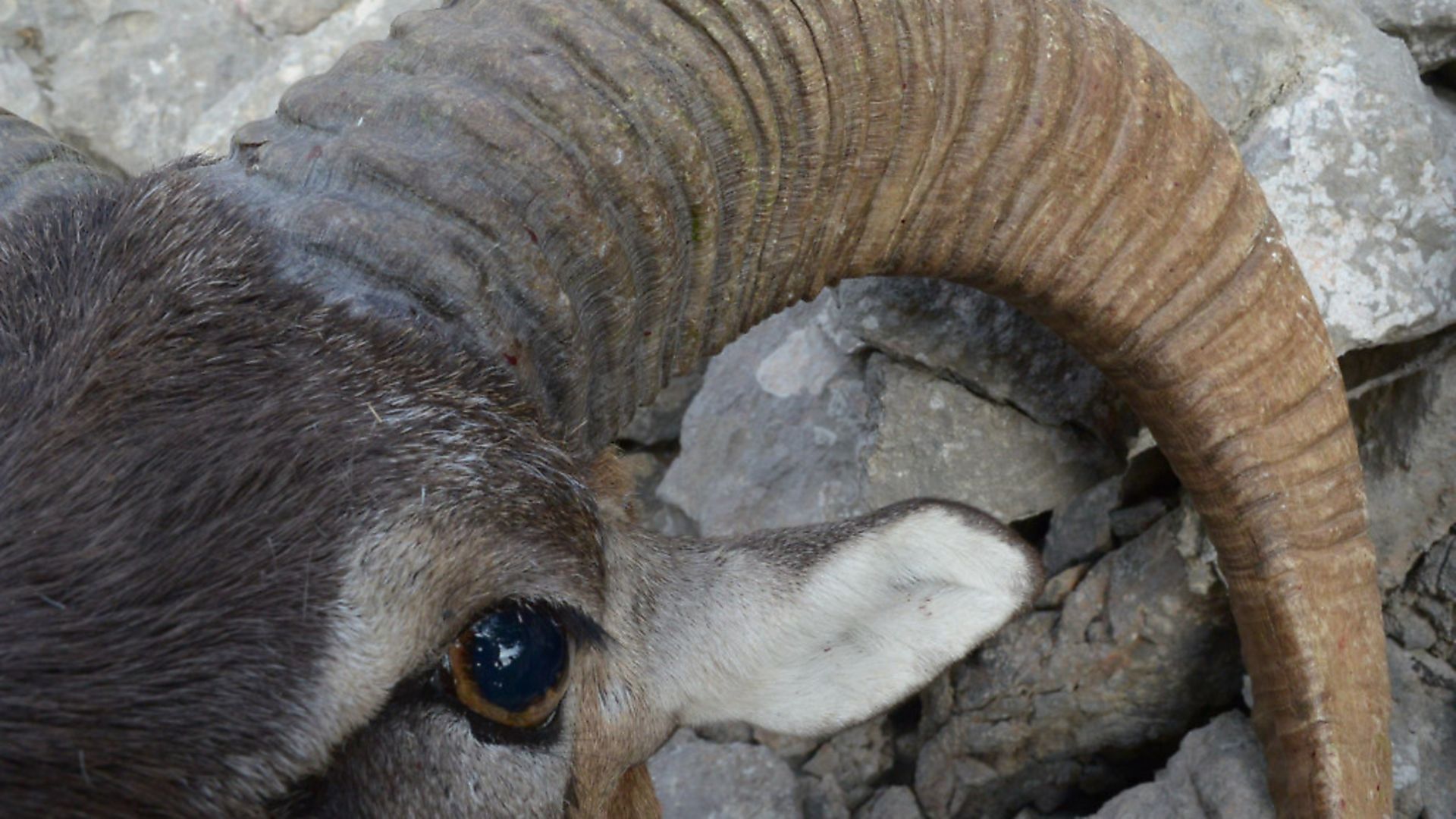 credit: FieldsportsChannel.tv
credit: FieldsportsChannel.tv
A sprinkling of salt, mixed with a can or three of beer, followed by a few hours’ sleep was the perfect way to finish our successful hunting trip.
I think Croatia can offer a great combination of hunting and leisure trips. Fly to Spilt or Dubrovnik, spend a day or two exploring the Croatian Riviera, and then head north along the Dalmatian coast. This has many peaceful coastal fishing villages offering accommodation for tourists. Either take your own rifle or use one provided by an outfitter, leave the family next to the sea and go hunting. It is that simple!
As for my hunting trip to Croatia, a handsome mouflon ram and fair roe buck made it a very successful trip. Thanks to our sponsors Härkila, Sauer, Zeiss and the very professional Artemis Hunting, who provided all the hunting and logistics for the trip. Artemis Hunting can offer quail, roe deer, brown bear, mouflon, driven boar, Dalmatian wild goat, and sheep throughout the country. Visit www.artemis-hunting.com
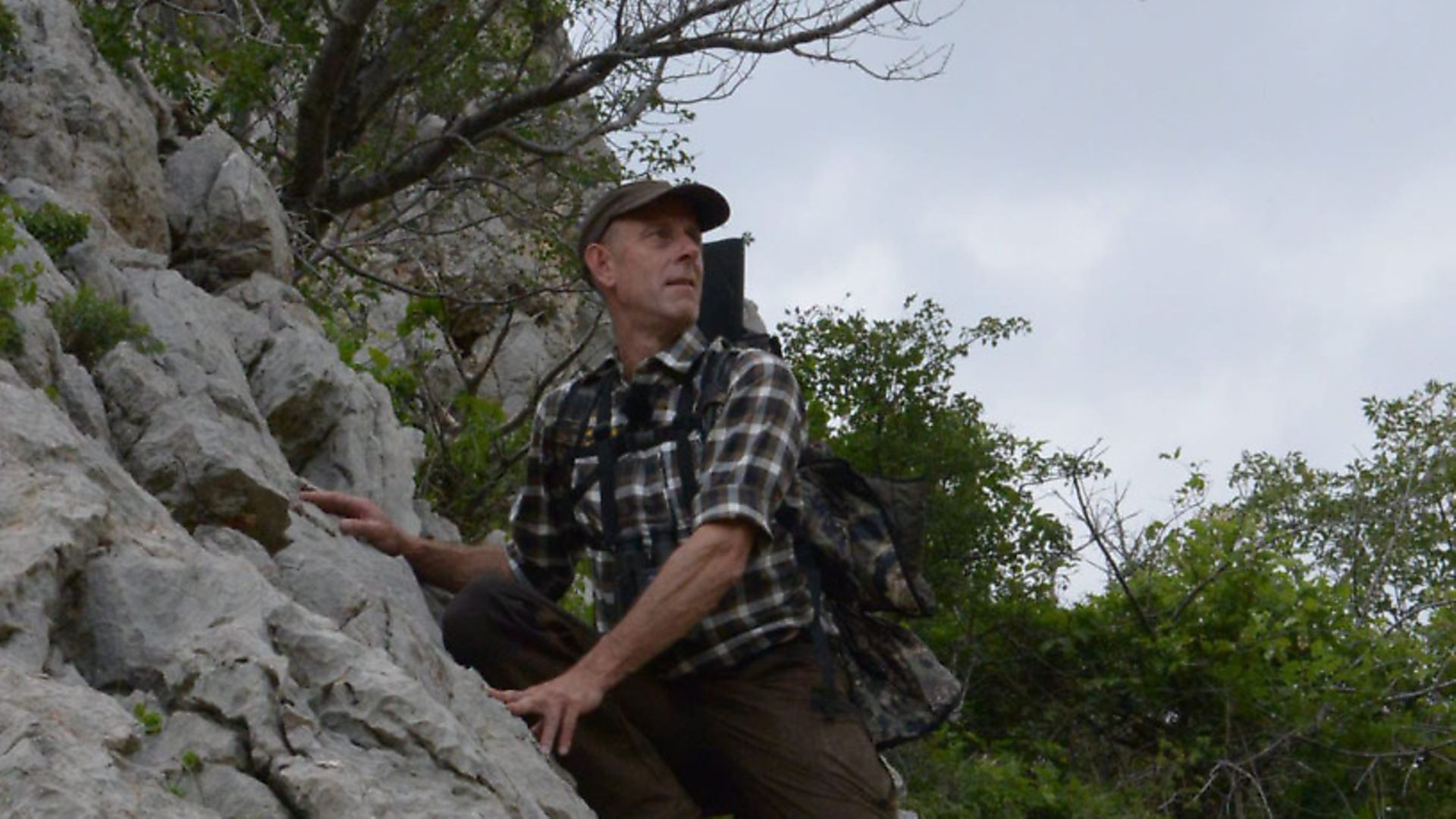 credit: FieldsportsChannel.tv
credit: FieldsportsChannel.tv
More about the Sauer 101
When launched over four years ago, the slogan for the 101 was ‘Old school - new Rules’ as stated in the Sauer media campaign, relating to the bedding system and the new safety catch mechanism. The 101 is aimed at the middle market in terms of price, so around the £1,400-1,900 as opposed to the established 202 ( and now 404) that start at around £2,500. Recently, the Sauer 100 has been added to their range, retailing for under £1,000.
The ‘Durasafe’ safety catch, is positioned in the rear bolt shroud, with the catch needing to be pushed forward with the thumb to release. To prevent accidental movement, a button in the middle of the catch must be pressed at the same time. It is more or less silent, smooth in its travel, and effortless to slide. The main point here is this new design of safety catch specifically locks the firing pin. When the safety is applied, the bolt is also locked. To cycle the round without releasing the safety catch, press a neat little button to the right of the bolt lever slot, and back it comes. Most safety catches lock the trigger mechanism, but as this design locks the firing pin it is apparently one of the safest on the market.
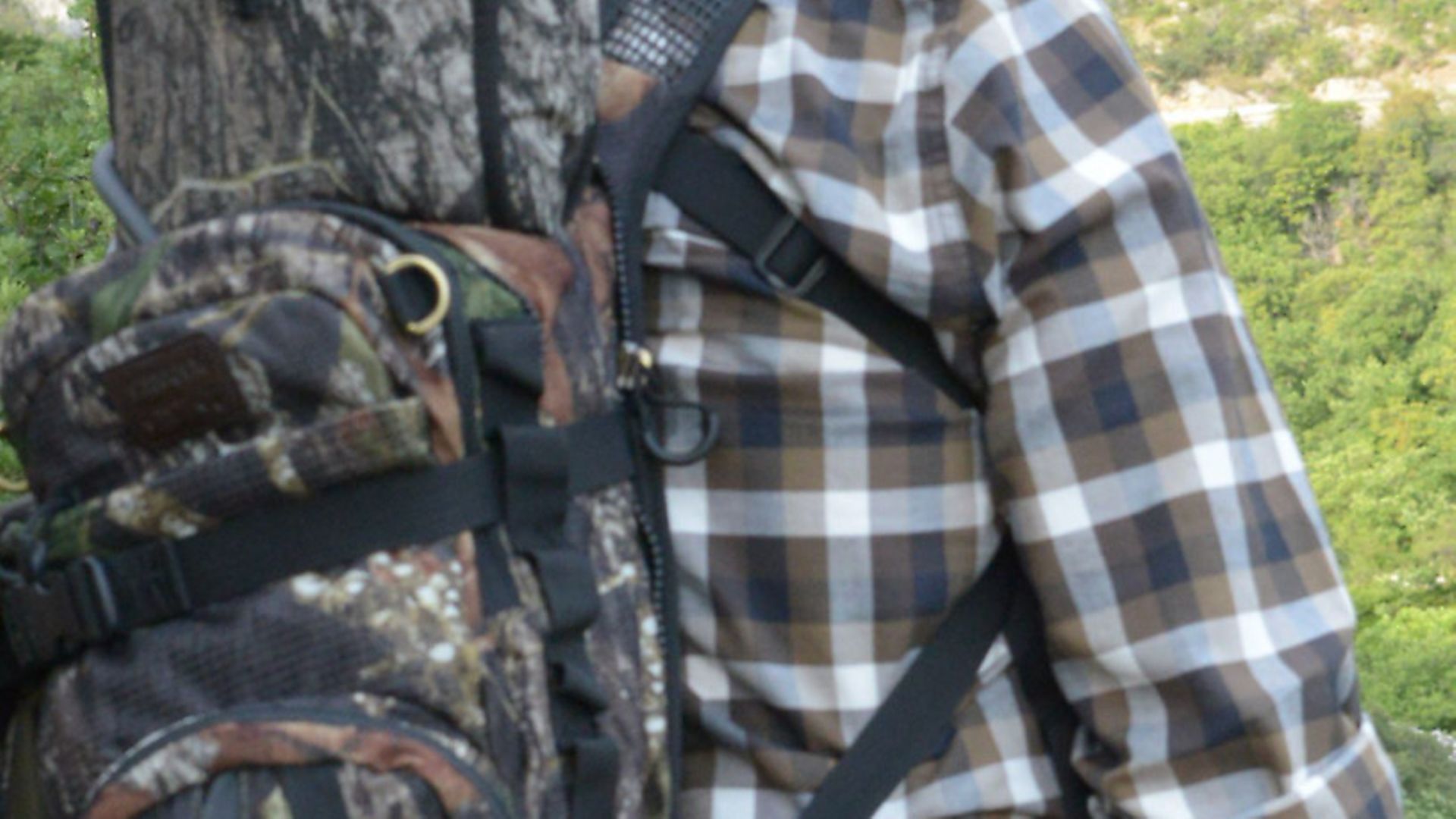 credit: FieldsportsChannel.tv
credit: FieldsportsChannel.tv
The trigger blade is crisp with no creep, factory set to 2lb as standard, and protected by a robust alloy trigger guard. The bolt itself is a solid, well-built design that directly locks into the barrel using six large locking lugs. I cannot fault the bolt assembly – a one piece simple design and yet so smooth to operate. Overall, it is effortless, and thanks to the 60-degree bolt throw combined with a generous ejection port it cycles rounds quickly and efficiently.
Another unusual feature is the design and fit of the barrel into the receiver. Most barrels are threaded and screwed into the receiver, but the Sauer 101 uses a friction weld process. This involves heating the front of the receiver and pressing the barrel in when it has expanded, then as it cools the joint is as strong as a weld. The sporting weight barrel is 22” long and comes with a 14x1mm thread, with the magnum calibres being longer at 24”.
The double-stack synthetic magazine feels indestructible, and has a capacity of four rounds for the magnum calibres and five for the rest. To release, press the hidden button to the front of the high-quality, one-piece alloy trigger guard and base plate.
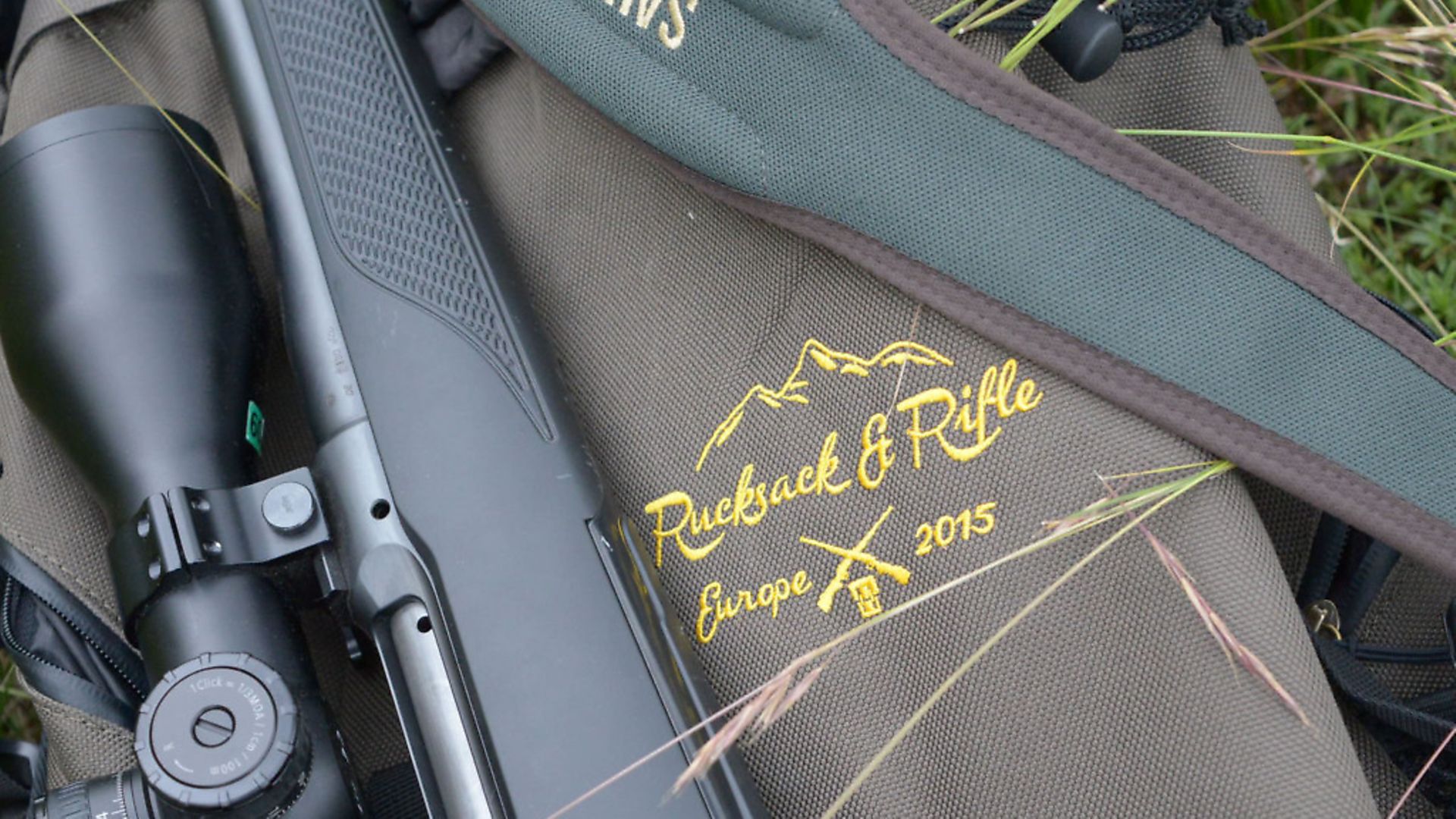 credit: FieldsportsChannel.tv
credit: FieldsportsChannel.tv
The action sits tightly within the stock using the ‘Ever Rest’ bedding system. Instead of using the common recoil lug design, the 101 uses two locking pins that are fixed to the underside of the action. These pins locate into an aluminium block that is bedded into the stock. It looks a neat and tidy design, and is secured tightly by a 9mm hex stud. This stud then accepts the front screw to fix the bottom plate. It is good to see that the stud directly squeezes the aluminum bedding block to the action without compressing the stock.
The XT model uses the black Ergo-Max styled polymer stock with a soft touch coating and very soft recoil pad to the rear. The coating is quite interesting as it feels soft to the hand, but it isn’t. I found the grip panels around the pistol grip and forend offered a firm hold in all conditions, finished with a fine Schnabel style to the front.
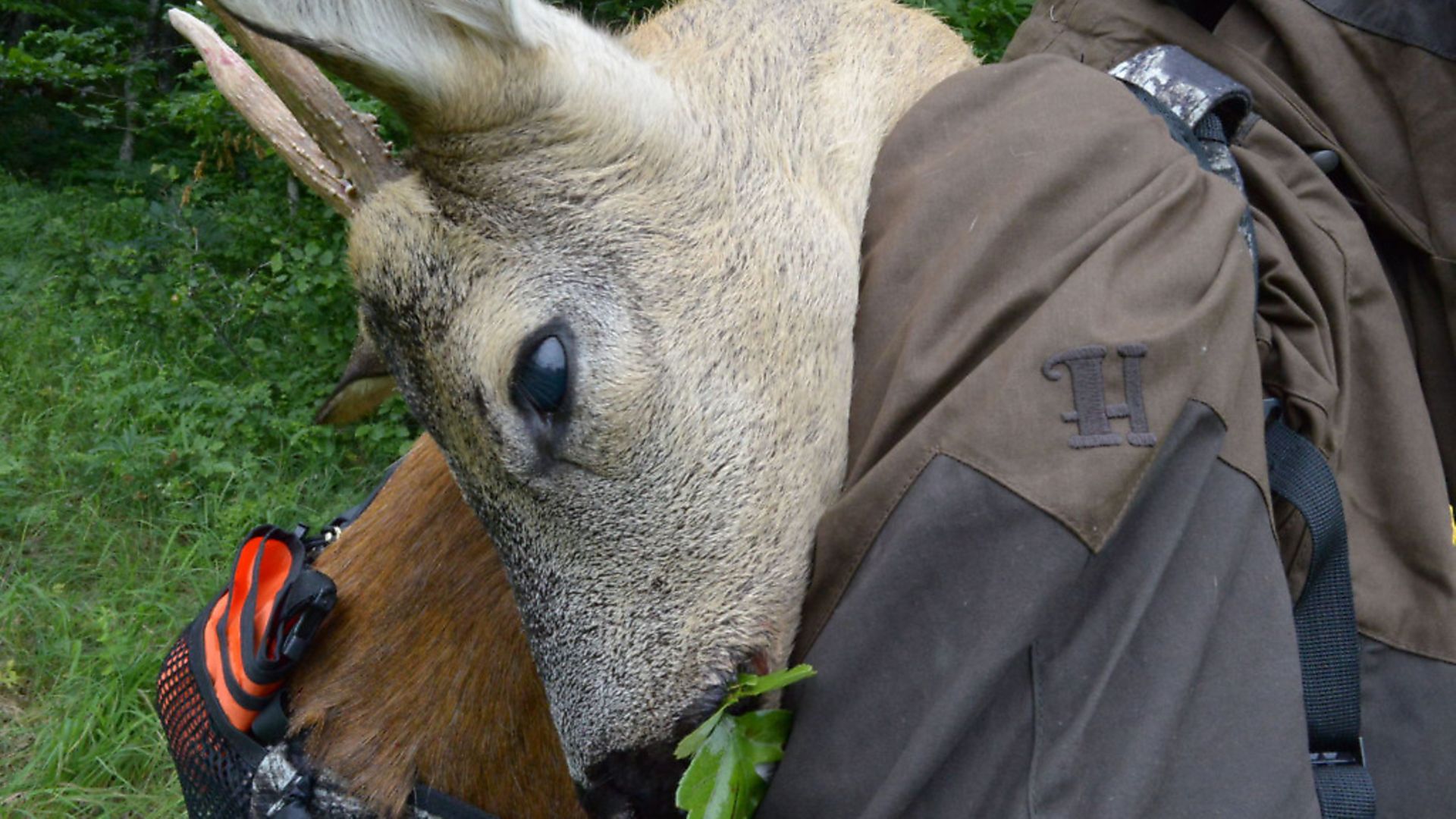 credit: FieldsportsChannel.tv
credit: FieldsportsChannel.tv
For this hunting trip, a Zeiss V8 2.8-20x 56mm was attached, using Talley mounts. Using 150g Hornady 150g American Whitetail Interlock ammunition, it achieved a grouping of 3/4 -1” at 100 yards, which is more than respectable. No doubt a tighter group could be achieved after trying other makes and weights of ammunition. As I was hunting roe and boar to 100yds, and the mouflon at longer ranges, I decided to set the zero at 150yds. Anything beyond 200yds would involve turning the specially calibrated ballistic turret, one of a few supplied with the V8, that covers most calibres.
How did the Sauer 101 Classic XT perform in the extreme mountainous conditions? With a weight is 6.5lbs, I found it perfectly suitable for the energetic stalking. The Ergo-Max stock is comfortable to hold in all shooting positions. The Dalmatian coastline is renowned for the extremely hard and abrasive volcanic rock, and I was slightly surprised how easy it was to scratch the soft grip coating. The trigger was crisp and set to a very practical weight, just right for general hunting situations. Some would say the Durasafe safety arrangement is a little too complicated for what it achieves, but it is very easy to slide and the central button quick to feel and press. Compare this to many other cocking lever systems and it is effortless.
 credit: FieldsportsChannel.tv
credit: FieldsportsChannel.tv
Being in 308, without any form of suppression, the recoil was, as anticipated, quite feisty for a light to medium weight hunting rifle. Cycling of the rounds was clinical, precise and beautifully smooth, something that Sauer are renowned for.
The Sauer 101 is also available with a walnut stock with options for open sights on all models. The Classic XT retails from £1,495, allowing owners to experience the Sauer quality at very competitive prices. All I can say is it shoots well, feels comfortable, and subtly oozes the quality of a more expensive rifle.
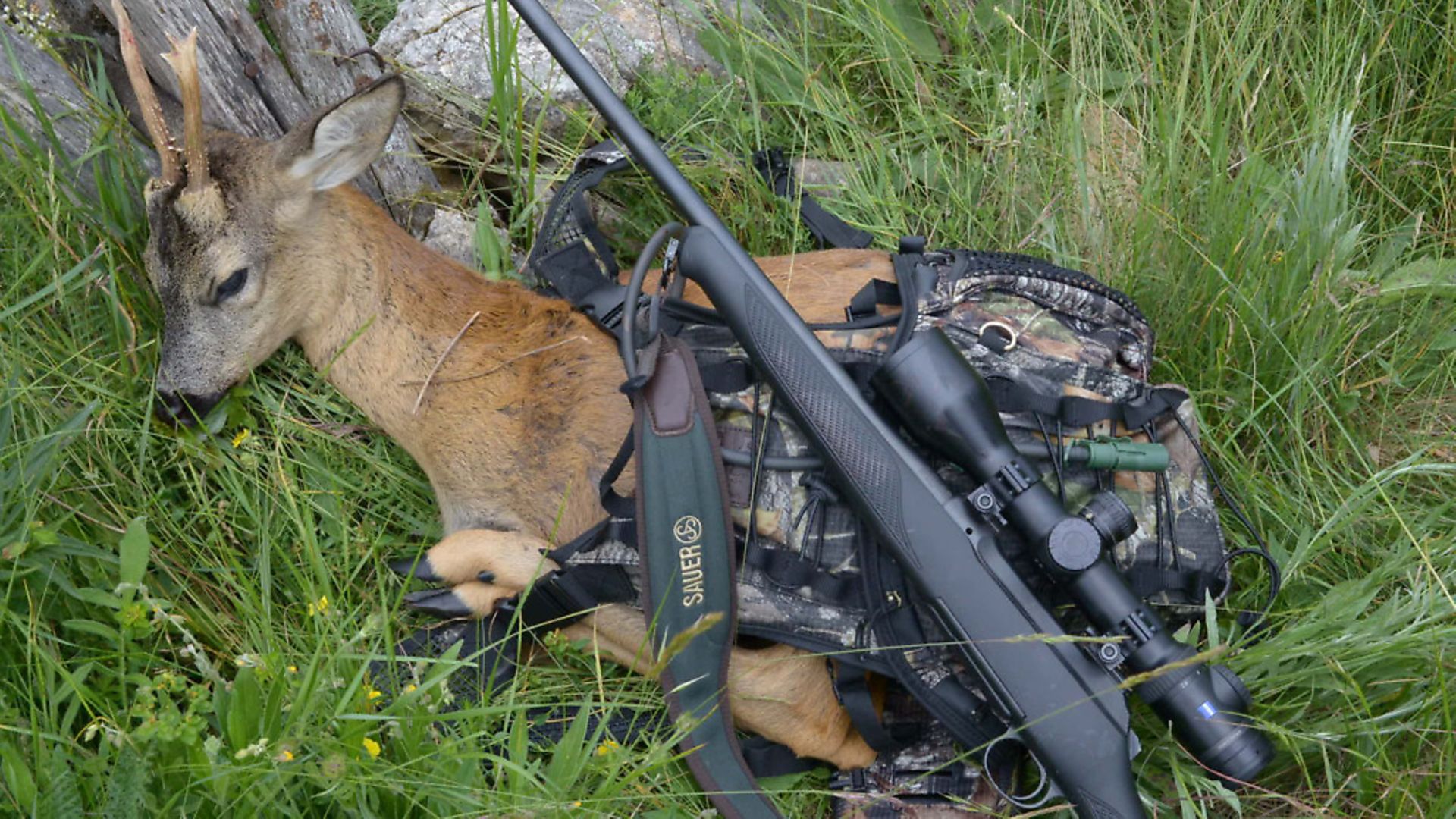 credit: FieldsportsChannel.tv
credit: FieldsportsChannel.tv
TECH SPECS
Sauer: 101
Stock: Classic XT – Synthetic
Barrel Length: Standard 22”, Magnum 24.5”
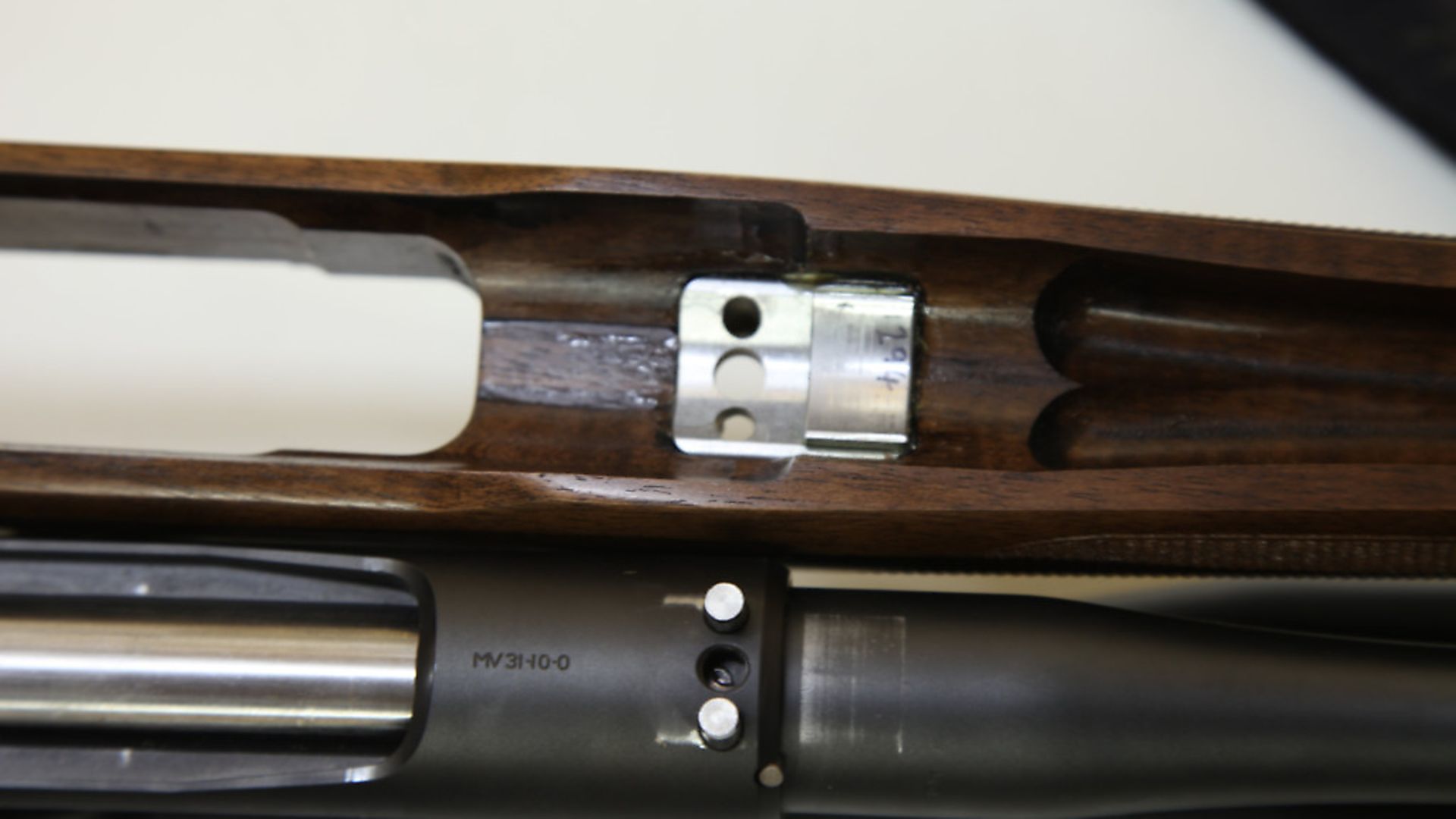 credit: FieldsportsChannel.tv
credit: FieldsportsChannel.tv
Length: 42”
Weight: 6.5lbs
Calibres: 22.250, 243,270,308,30-06,6.5x55,7x64,8x57,9.3x62,7mm rem mag, 300win mag, 338 win mag
SRRP: From £1495
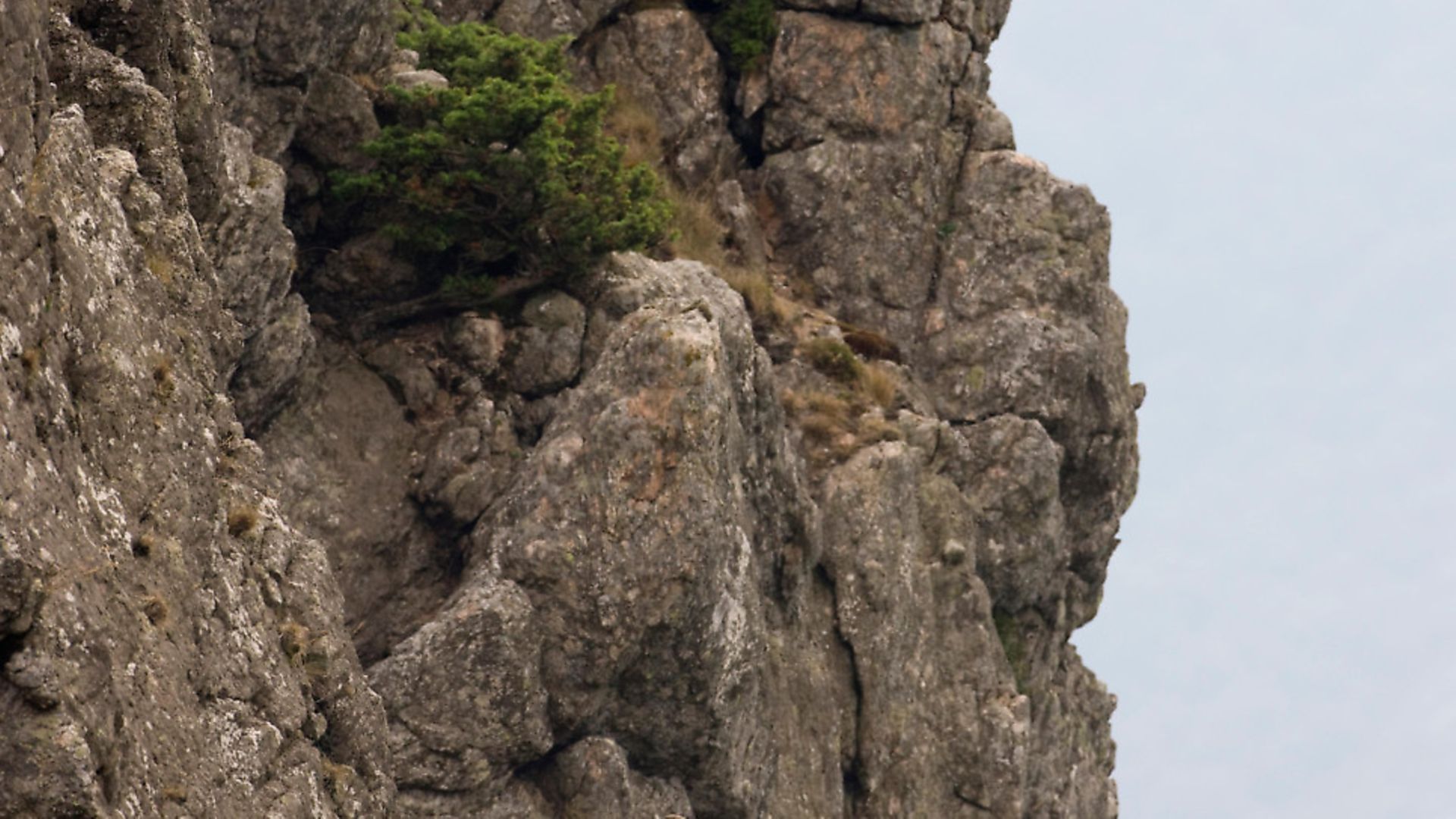 credit: Alamy Stock Photo
credit: Alamy Stock Photo
Importers: Sauer UK
 credit: FieldsportsChannel.tv
credit: FieldsportsChannel.tv
Zeiss: Victory V8
Models: 2.8x20x56, 1.8x-14x50
Tube Diameter: 36mm
Weight: Approx. 830g
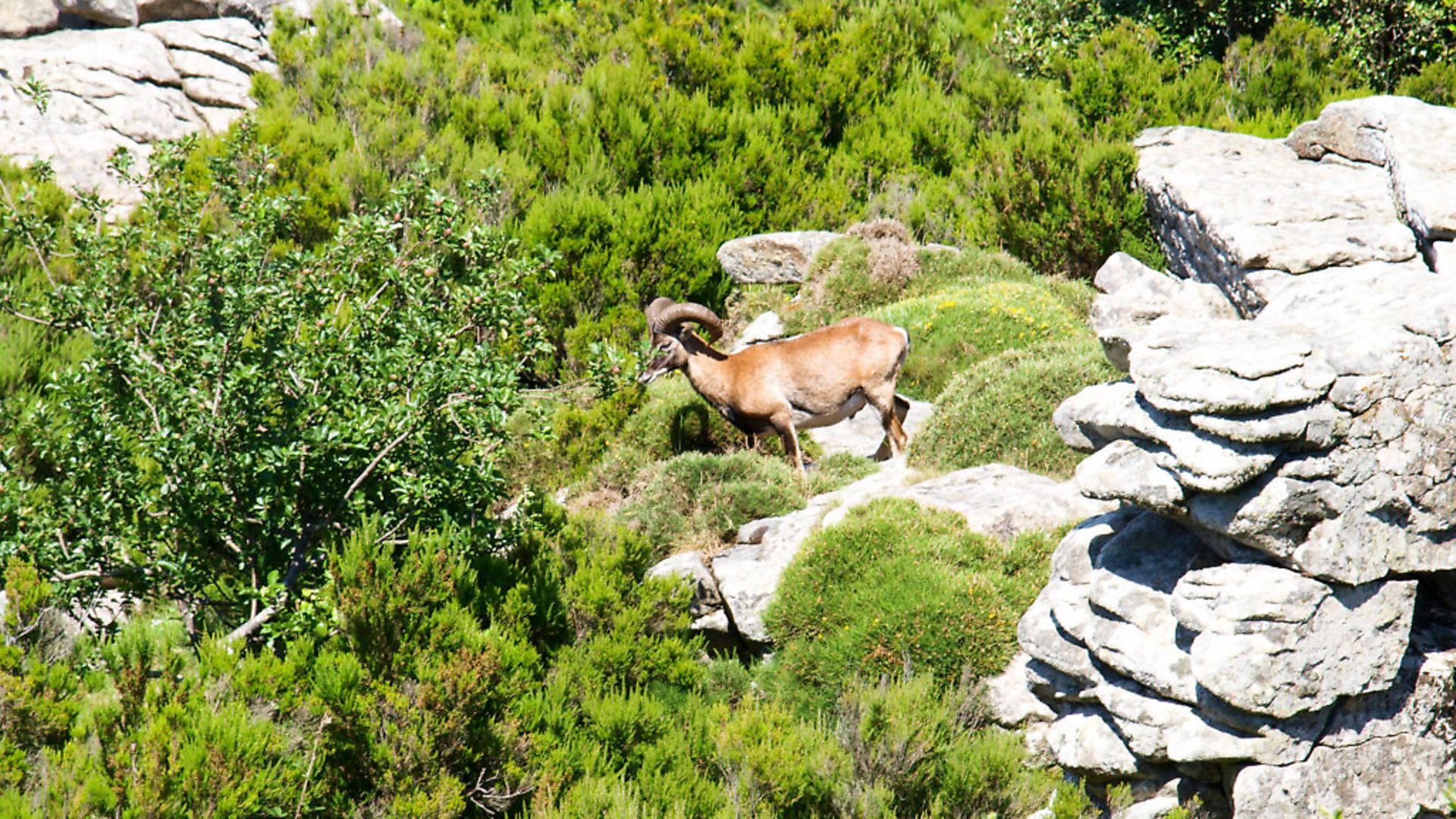 credit: Alamy Stock Photo
credit: Alamy Stock Photo
Length: 14”
Light Transmission: 92%
Reticule: No 6
Illumination: Auto off, intensity adjustable
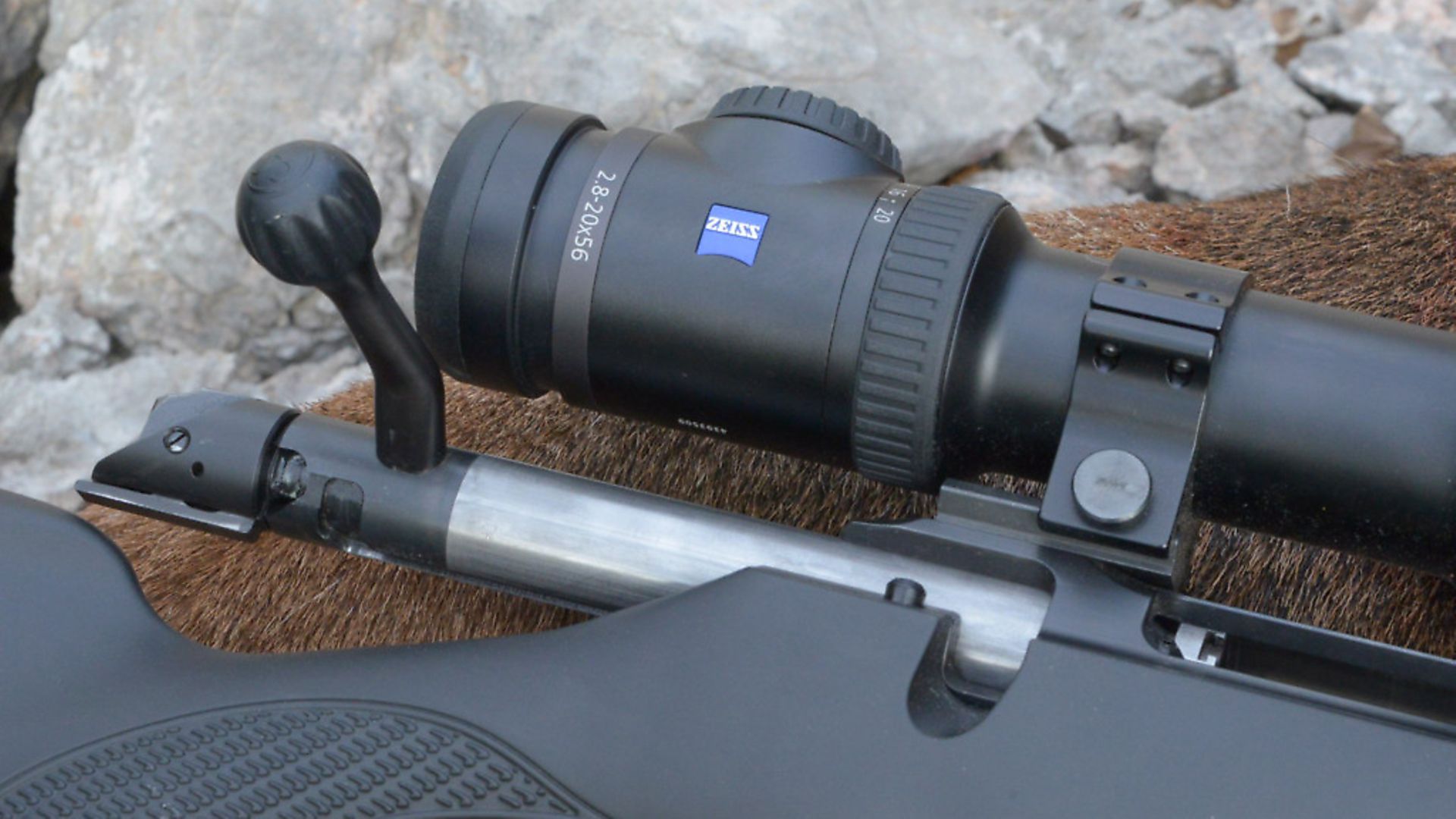 credit: FieldsportsChannel.tv
credit: FieldsportsChannel.tv
Focal plane: 2nd
Adjustment: 210cm (1cm clicks)
Eye Relief: 3.9”
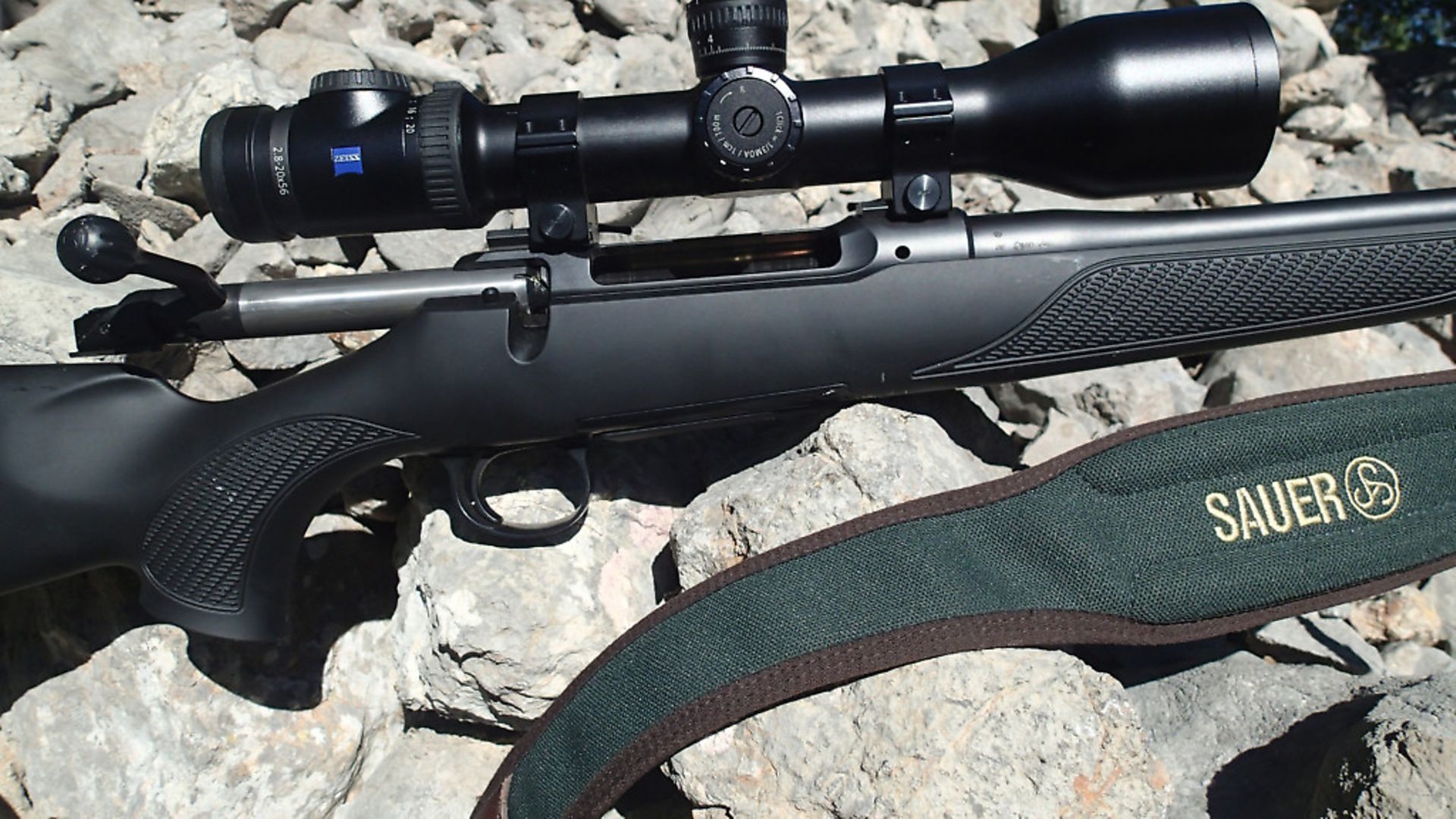 credit: FieldsportsChannel.tv
credit: FieldsportsChannel.tv
SRRP: From £2,200 (ASV long range extra)
Importers: Zeiss Uk etc etc
 credit: FieldsportsChannel.tv
credit: FieldsportsChannel.tv
ONE TO WATCH
Films: Rucksack and Rifle Series with Fieldsports Britain
Mouflon
Roe
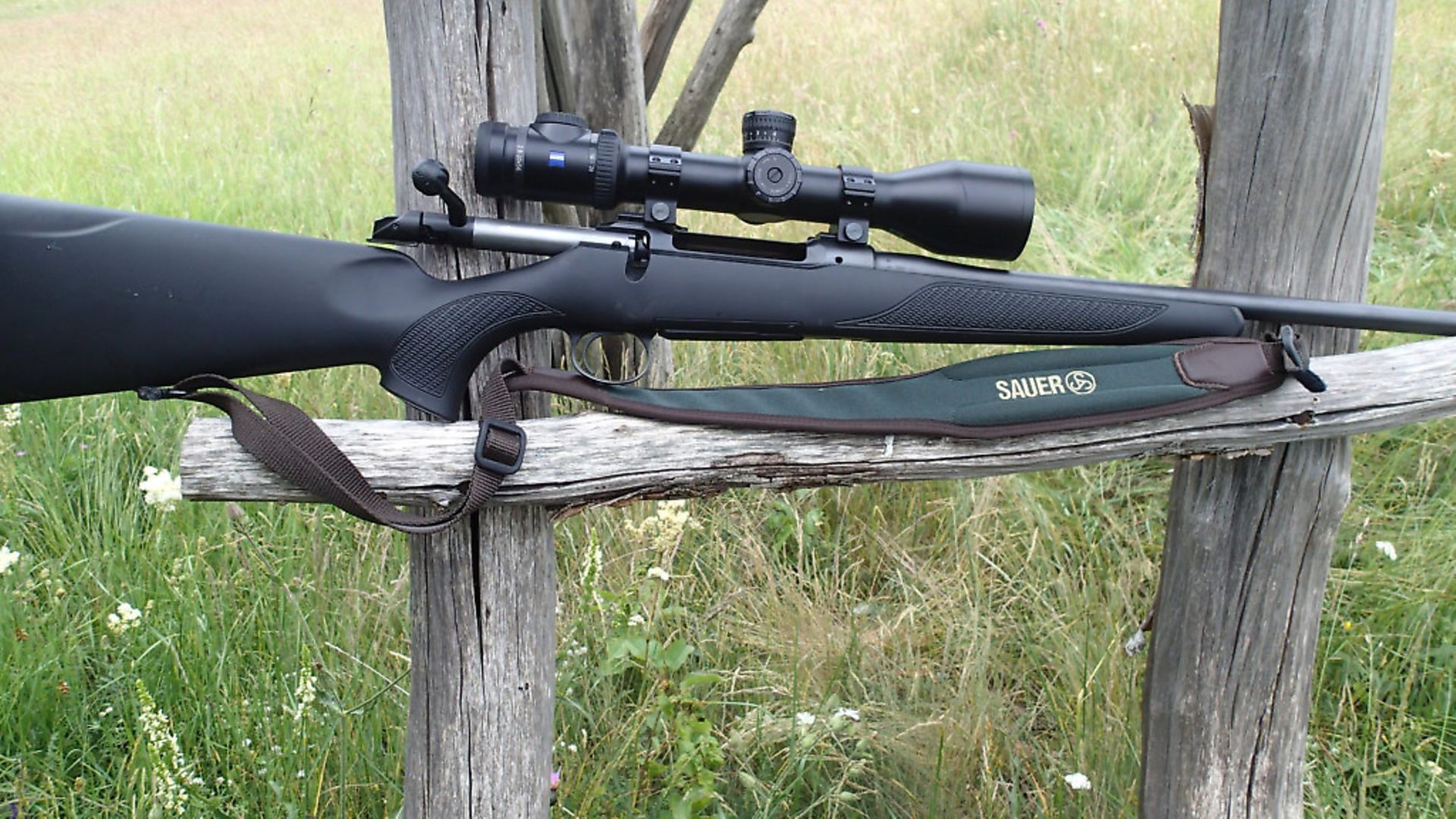 credit: FieldsportsChannel.tv
credit: FieldsportsChannel.tv
Making sticks
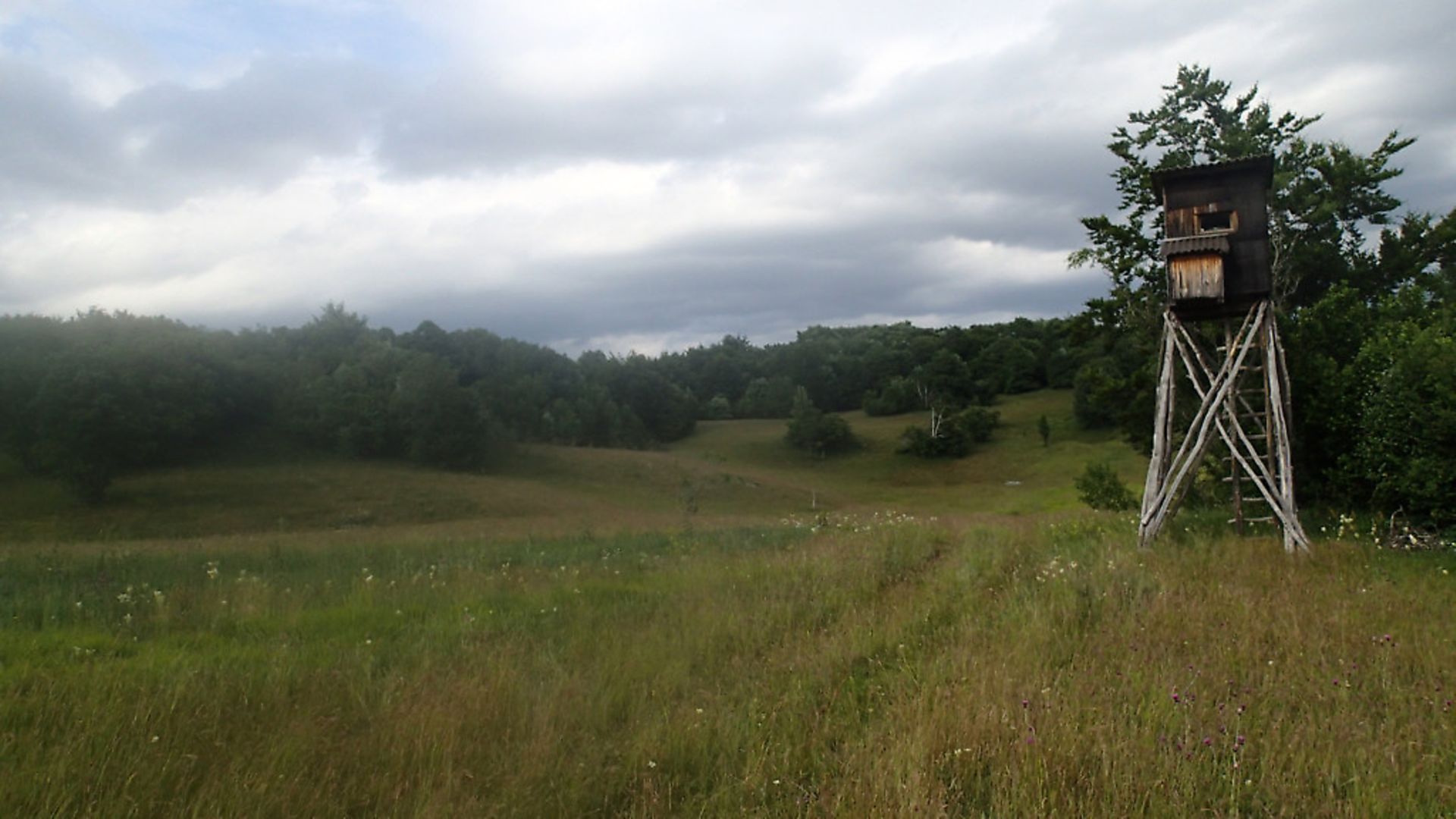 credit: FieldsportsChannel.tv
credit: FieldsportsChannel.tv
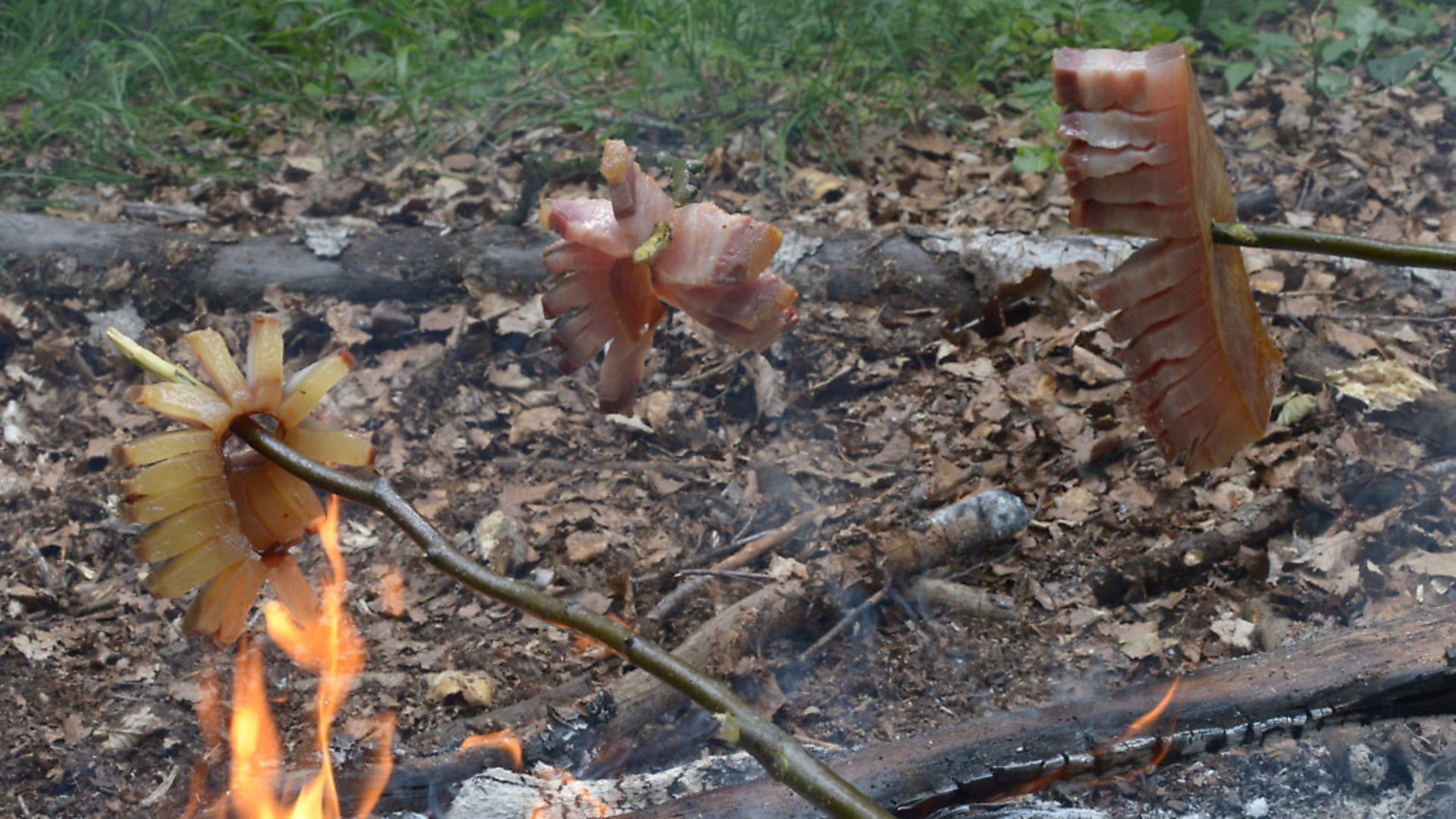 credit: FieldsportsChannel.tv
credit: FieldsportsChannel.tv
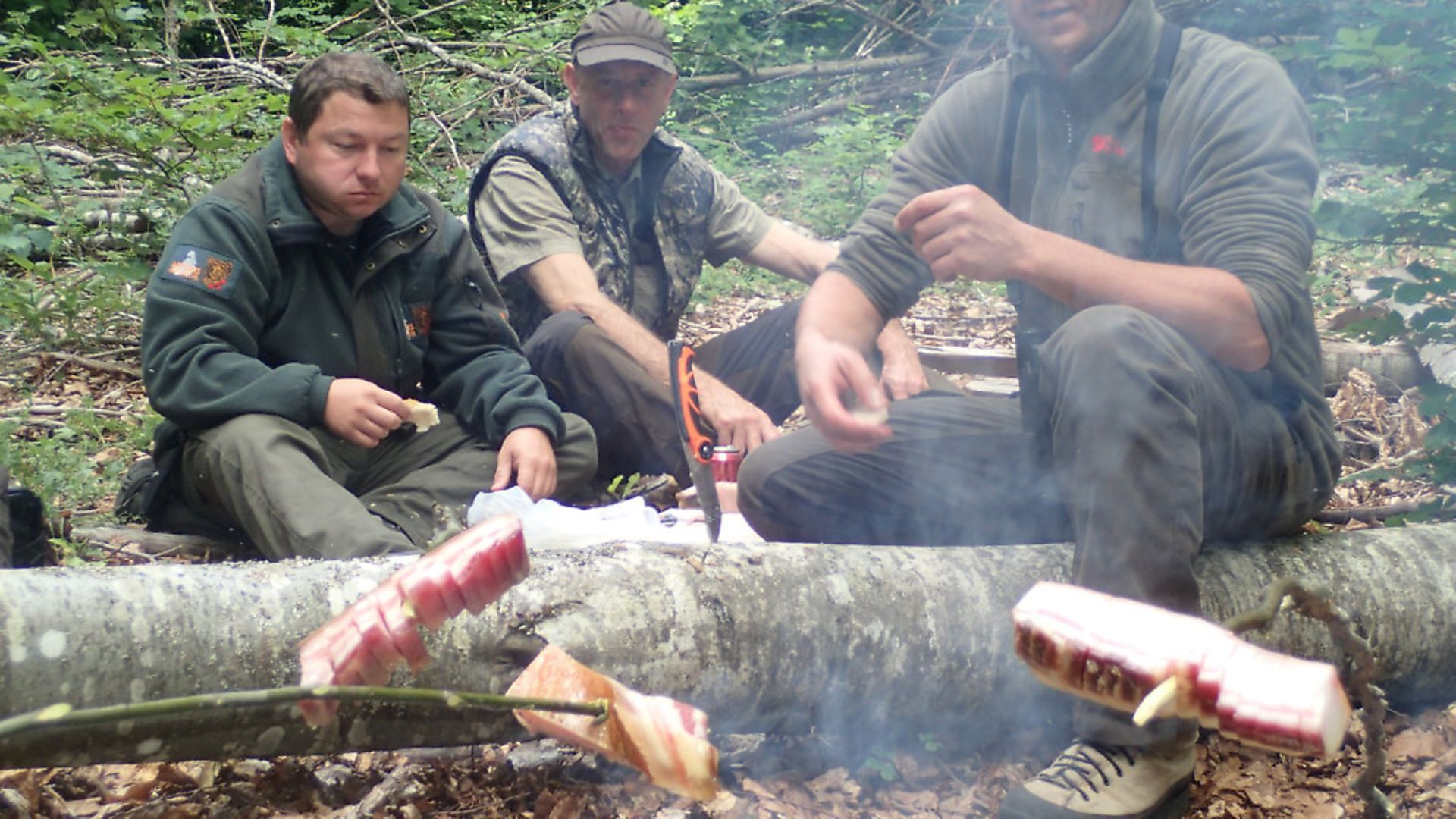 credit: FieldsportsChannel.tv
credit: FieldsportsChannel.tv
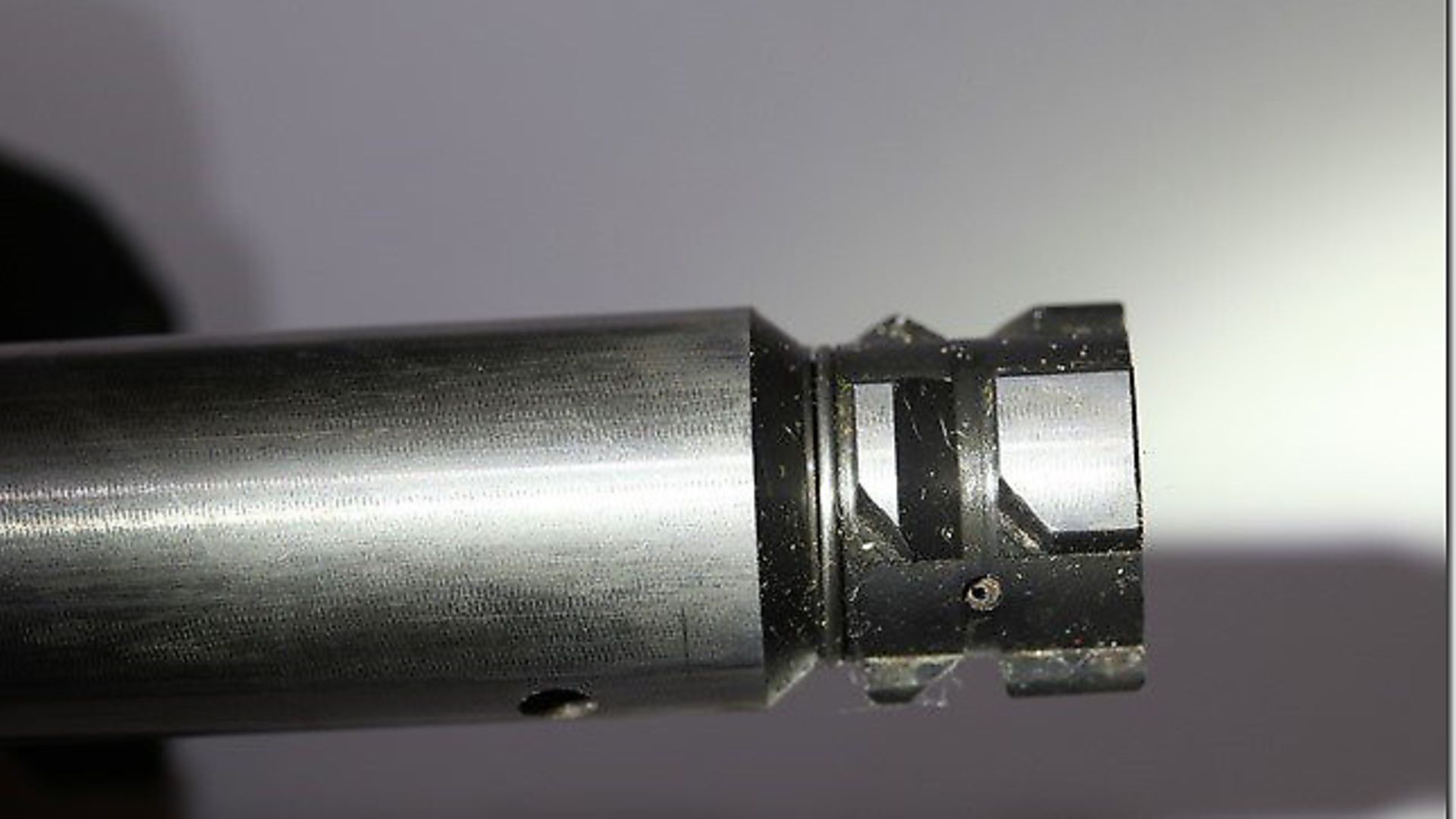 credit: FieldsportsChannel.tv
credit: FieldsportsChannel.tv
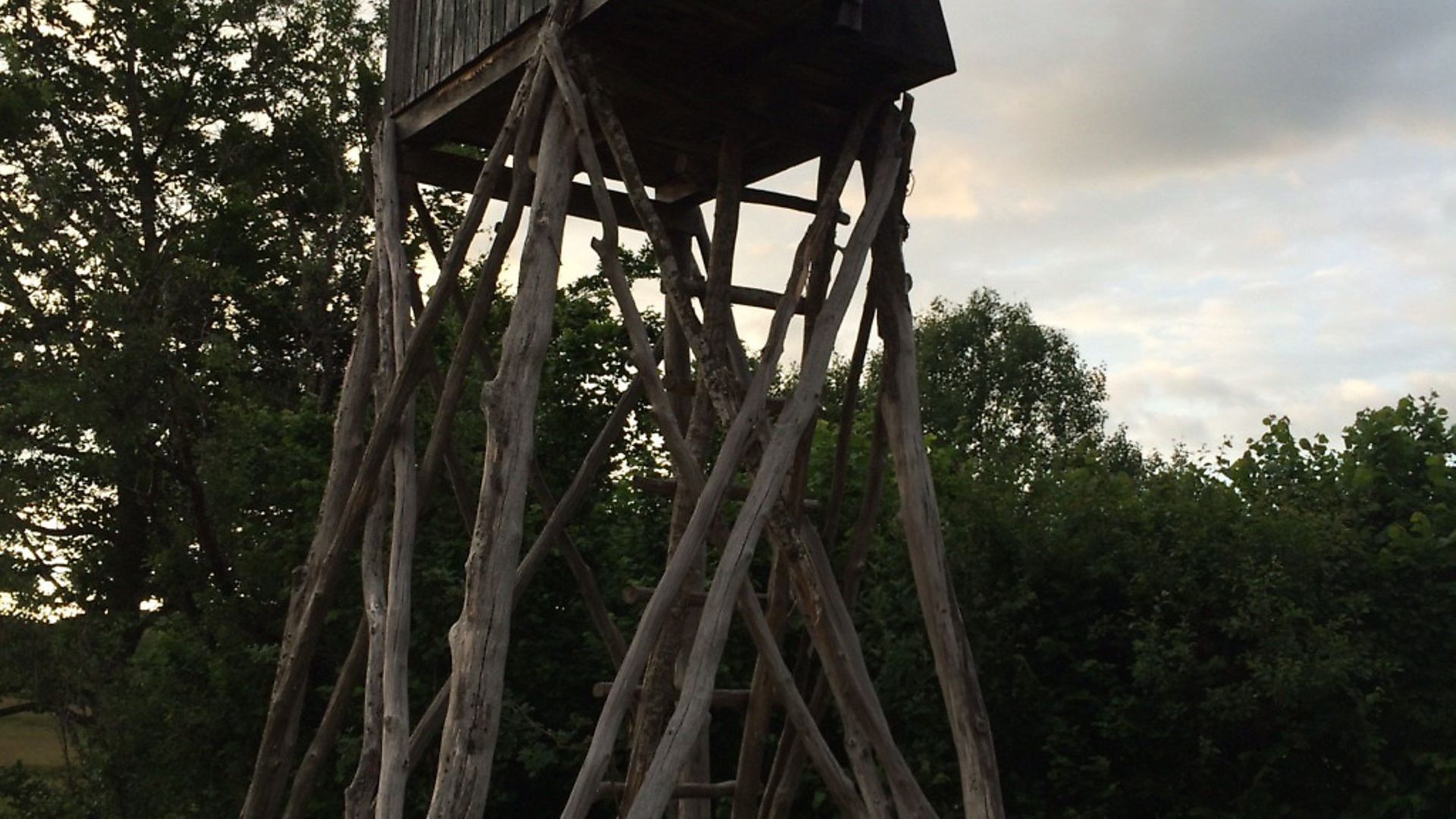 credit: FieldsportsChannel.tv
credit: FieldsportsChannel.tv
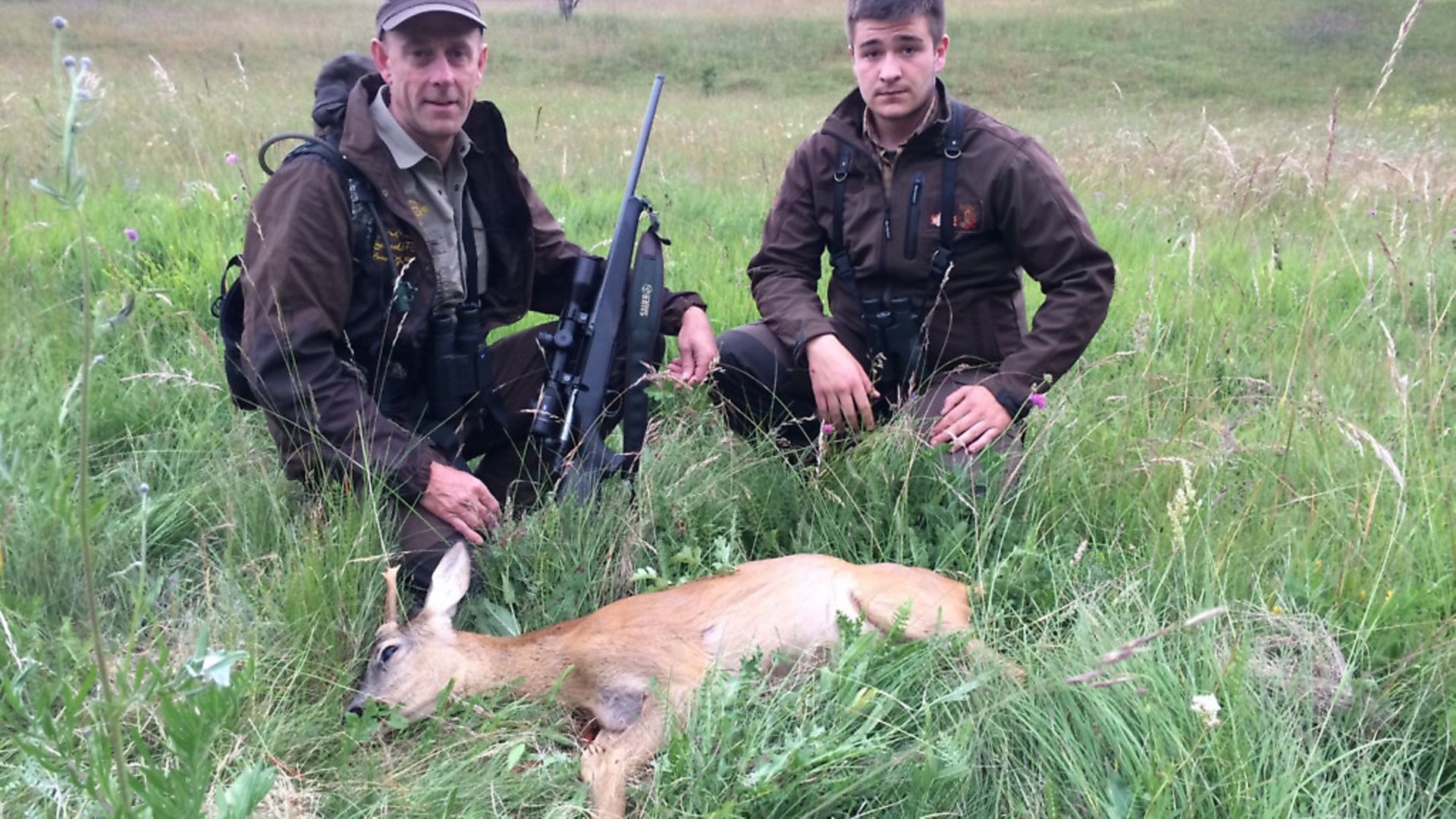 credit: FieldsportsChannel.tv
credit: FieldsportsChannel.tv